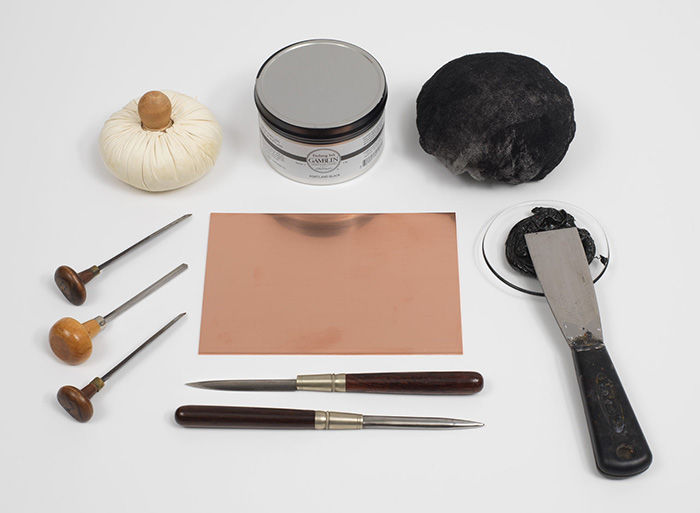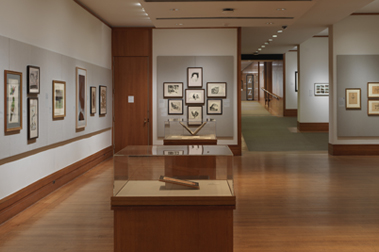The Months: May
Engraved by Etienne Delaune French
Not on view
Engraving, part of a set of 9 (from a total of 12) allegorical prints illustrating the months of the year, the first of several series created by Delaune representing the months. Each print consists of an ornamental frame with strapwork and figurative motifs that symbolize the activities related with the month, the astrological sign associated with the month in its summit, and a scroll with an inscription in Latin on the bottom. Inside the frame is a scene representing the proper occupations of each month based on the medieval iconography of the labors of the months, the main source of inspiration being the "Compost et Kalendrier des Bergers" (first published in 1491 and later reedited in 1541), reworked with the introduction of humanist themes and a critique of the social order. The inscriptions in the frames are poetic descriptions of the different states of nature and somewhat establish a kind of parallel with the progression of the allegories in the images, but they do not seem to reflect the allegorical sense of illustrations, many of which illustrate the misfortune of the poor and the banality of the rich. Additional inscriptions, hand-written with pen, are on the bottom of each print, below the illustrated plate.
This print represents the month of May, with the symbol of Gemini, attribute of the month, inside a strapwork cartouche on the summit of the frame, flanked to the sides by two cupids holding flower bouquets in their hands. The lateral panels of the frame contain similar love trophies, made up of music instruments and sheets, and bundles with flowers, fruits, and leaves.
The main scene develops inside a closed garden, framed on the left by a river and a hedge of palm trees, a balustrade on the background, and a castle on the right. A fountain with the shape of a rock, with several streams of water, occupies the central space of the garden. The configuration of the garden is closely related to the walled garden of virtue; the presence of the palm trees are also allusions to virtue. In the first plane, on the left, is a couple of women, dressed in classical garb, one of them making a flower bouquet, and the other threading a flower wreath. In the center, and framed by two laurels, also symbols of virtue, is a group of four women, two children, and two men with laurel crowns, all dressed in classical garb and singing: the two women sharing a music book, the two boys another, and one of the men, laying sideways with his elbow on the floor, looking at his own music book. The other man, reclining on the base of one of the laurel trees, is holding a lute on one arm, and seems to be directing them, his other arm raised and his finger pointing towards the women, who are directly in front of him. On the right, inside a sort of canopy made up of thin branches with scrolling leaves, a group of four women, all dressed in classical garb, play musical instruments.
The two boys recall the astrological symbol of Gemini, represented in the frame, but, because they are represented directly below the fountain, and next to a man holding the lute, they might also be an allegory of Grammar or Poetry, which are often symbolized by a fountain, since it is a source for all the other arts, represented in the scene by music. This allegory is certainly sourced on earlier representations of the arts.
The allegorical meaning of the print might be an allusion to king Henri II: the physiognomy of the man with the lute is not dissimilar from that of the kind, and the architectural elements on the right might be inspired on the castle of Anet. In this sense, the print might be an allegory of an "enlightened" despotism, making a call for the king to engage in arts and sciences and promote their development in the garden of virtue which, in this case, would represent France. By directing all the musicians around him, the king is also organizing the chaos in the garden of virtue, engendering a state of peace and happiness, and allowing for the development of other virtues, like grammar allows the development of other arts.
The composition of the scene, centered around nature and with several allusions to the blossoming of flowers and love, is more closely related to traditional representations of April than of May. Delaune seems to have exchanged the subjects in his representations of the two months for this suite, although the inscriptions correspond to the original labors of the months.

